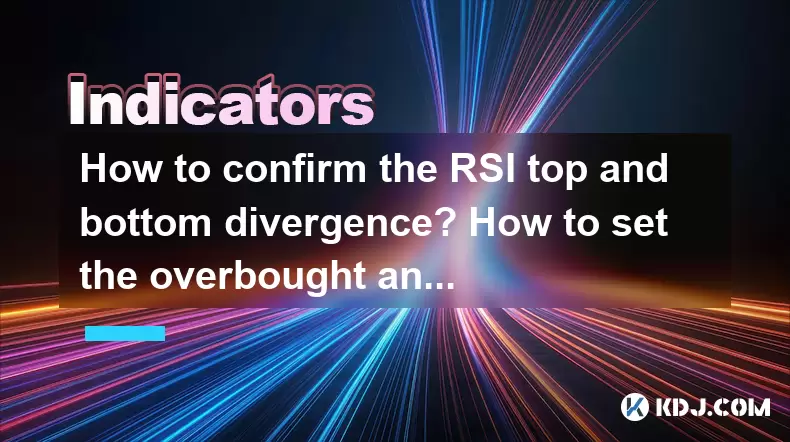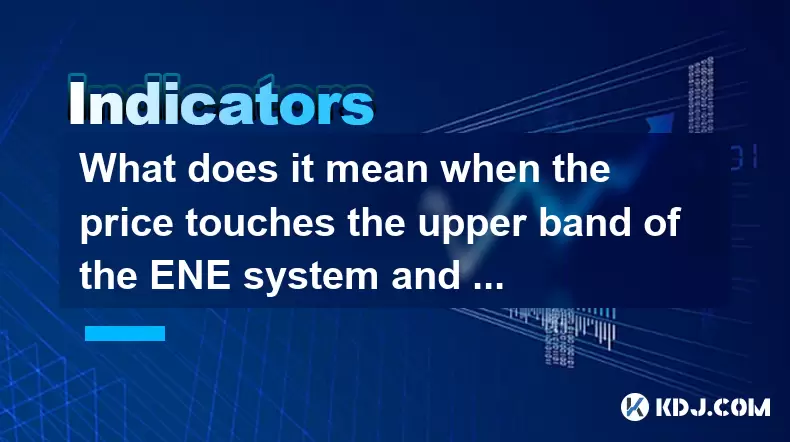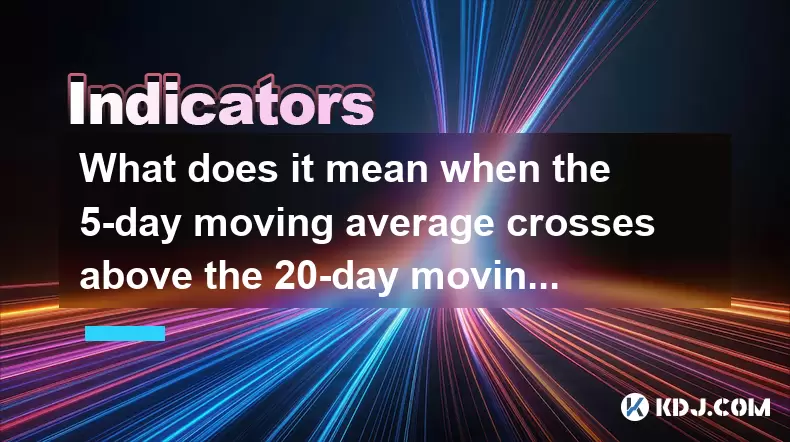-
 Bitcoin
Bitcoin $116700
0.48% -
 Ethereum
Ethereum $4213
6.27% -
 XRP
XRP $3.280
1.22% -
 Tether USDt
Tether USDt $1.000
0.02% -
 BNB
BNB $805.1
2.46% -
 Solana
Solana $180.2
2.65% -
 USDC
USDC $0.0000
0.02% -
 Dogecoin
Dogecoin $0.2412
8.50% -
 TRON
TRON $0.3356
-1.11% -
 Cardano
Cardano $0.8108
3.59% -
 Hyperliquid
Hyperliquid $43.89
8.53% -
 Chainlink
Chainlink $21.15
10.75% -
 Stellar
Stellar $0.4502
1.41% -
 Sui
Sui $3.935
4.69% -
 Bitcoin Cash
Bitcoin Cash $570.7
-1.75% -
 Hedera
Hedera $0.2636
3.28% -
 Avalanche
Avalanche $24.25
4.48% -
 Ethena USDe
Ethena USDe $1.001
0.03% -
 Litecoin
Litecoin $122.0
-0.08% -
 Toncoin
Toncoin $3.445
2.68% -
 UNUS SED LEO
UNUS SED LEO $8.979
-0.08% -
 Shiba Inu
Shiba Inu $0.00001379
6.73% -
 Uniswap
Uniswap $10.91
2.00% -
 Polkadot
Polkadot $4.106
5.39% -
 Dai
Dai $1.000
0.02% -
 Pepe
Pepe $0.00001227
9.07% -
 Bitget Token
Bitget Token $4.507
0.72% -
 Cronos
Cronos $0.1576
3.40% -
 Monero
Monero $272.0
-1.68% -
 Ethena
Ethena $0.7502
21.27%
How to confirm the RSI top and bottom divergence? How to set the overbought and oversold thresholds?
RSI divergence signals potential reversals: bullish when price lows decrease but RSI lows increase, bearish when price highs increase but RSI highs decrease.
Jun 03, 2025 at 09:43 am

The Relative Strength Index (RSI) is a popular momentum oscillator used in technical analysis to measure the speed and change of price movements. Understanding how to confirm RSI top and bottom divergence, as well as setting appropriate overbought and oversold thresholds, is crucial for traders looking to make informed decisions in the cryptocurrency market. This article will delve into these topics in detail, providing you with the knowledge needed to enhance your trading strategy.
Understanding RSI Divergence
RSI divergence occurs when the price of an asset moves in the opposite direction of the RSI indicator. There are two types of divergence: bullish divergence and bearish divergence.
- Bullish Divergence happens when the price of the cryptocurrency makes a lower low, but the RSI forms a higher low. This suggests that the selling pressure is weakening, and a potential bullish reversal might be on the horizon.
- Bearish Divergence occurs when the price makes a higher high, but the RSI forms a lower high. This indicates that the buying pressure is waning, and a bearish reversal could be imminent.
Confirming RSI Top Divergence
To confirm RSI top divergence, follow these steps:
- Identify a Price Peak: Look for a new high in the price of the cryptocurrency.
- Check the RSI: Compare the RSI value at this new high with the previous high. If the RSI forms a lower high, you have a potential bearish divergence.
- Wait for Confirmation: A bearish divergence is confirmed when the price subsequently breaks below the most recent low. This indicates that the bearish trend is likely to continue.
Confirming RSI Bottom Divergence
To confirm RSI bottom divergence, follow these steps:
- Identify a Price Trough: Look for a new low in the price of the cryptocurrency.
- Check the RSI: Compare the RSI value at this new low with the previous low. If the RSI forms a higher low, you have a potential bullish divergence.
- Wait for Confirmation: A bullish divergence is confirmed when the price subsequently breaks above the most recent high. This indicates that the bullish trend is likely to continue.
Setting Overbought and Oversold Thresholds
The overbought and oversold thresholds are critical levels used to determine when an asset might be due for a reversal. The default settings for RSI are typically 70 for overbought and 30 for oversold, but these can be adjusted based on market conditions and the specific cryptocurrency being analyzed.
- Overbought Threshold: When the RSI value exceeds 70, it suggests that the asset might be overbought and due for a price correction. Traders might consider selling or taking profits at this level.
- Oversold Threshold: When the RSI value falls below 30, it indicates that the asset might be oversold and due for a price rebound. Traders might consider buying or entering long positions at this level.
Adjusting RSI Thresholds for Cryptocurrency
Cryptocurrencies are known for their volatility, which can sometimes make the standard thresholds less effective. To better suit the crypto market, consider the following adjustments:
- Short-Term Trading: For more volatile cryptocurrencies, you might want to use a shorter RSI period (e.g., 14 periods) and adjust the thresholds to 80 for overbought and 20 for oversold. This can help capture quicker price movements.
- Long-Term Trading: For less volatile cryptocurrencies or longer-term analysis, a longer RSI period (e.g., 21 periods) with standard thresholds of 70 and 30 might be more appropriate.
Practical Application of RSI Divergence and Thresholds
To apply RSI divergence and thresholds effectively, follow these steps:
- Select a Cryptocurrency: Choose the cryptocurrency you want to analyze.
- Set Up Your Chart: Use a trading platform that allows you to add the RSI indicator to your price chart.
- Configure RSI Settings: Set the RSI period and thresholds according to your trading strategy.
- Monitor Price and RSI: Regularly check the price movements and RSI values to identify potential divergence and overbought/oversold conditions.
- Act on Signals: When you confirm a divergence or the RSI crosses the overbought/oversold thresholds, consider entering or exiting trades based on your analysis.
Using RSI in Conjunction with Other Indicators
While RSI is a powerful tool, it is often more effective when used in conjunction with other technical indicators. Consider combining RSI with:
- Moving Averages: Use moving averages to confirm trend direction and strength.
- MACD (Moving Average Convergence Divergence): MACD can help confirm RSI signals and provide additional insights into momentum.
- Volume: High volume can confirm the validity of RSI signals, indicating strong buying or selling pressure.
FAQs
Q: Can RSI be used effectively for all cryptocurrencies?
A: RSI can be used for most cryptocurrencies, but its effectiveness may vary based on the asset's volatility and market conditions. Highly volatile cryptocurrencies might require adjusted settings and more frequent monitoring.
Q: How often should I check the RSI for divergence and threshold signals?
A: The frequency depends on your trading style. Short-term traders might check RSI multiple times a day, while long-term traders might review it weekly or even monthly.
Q: Is it possible to automate RSI divergence and threshold analysis?
A: Yes, many trading platforms and software offer tools to automate RSI analysis, including alerts for divergence and threshold crossings. However, it's important to manually verify these signals before making trading decisions.
Q: Can RSI be used alone for trading decisions?
A: While RSI is a powerful indicator, it's generally recommended to use it in conjunction with other indicators and analysis methods to increase the accuracy of your trading decisions.
Disclaimer:info@kdj.com
The information provided is not trading advice. kdj.com does not assume any responsibility for any investments made based on the information provided in this article. Cryptocurrencies are highly volatile and it is highly recommended that you invest with caution after thorough research!
If you believe that the content used on this website infringes your copyright, please contact us immediately (info@kdj.com) and we will delete it promptly.
- Trump, Crypto Vehicle, and WLFI Tokens: A New York Minute on the Latest Buzz
- 2025-08-10 00:30:12
- Wheat Penny Fortune: Unearthing Valuable Coins in Your Pocket Change
- 2025-08-10 00:35:19
- AI Coin Mania: Dubai Millionaires Eye 20x Gains!
- 2025-08-09 23:10:12
- ChatGPT's Hot Takes: Meme Coins to Buy Now for a Wild 2025!
- 2025-08-09 23:10:12
- Jurassic Park Vibes in Your Pocket: The Colourful Canadian Coin Featuring a Dinosaur Eye
- 2025-08-09 23:50:12
- Altcoins on the Radar: VeChain, Ethereum, and the Shifting Crypto Landscape
- 2025-08-09 23:50:12
Related knowledge

What does it mean when the price is trading above the SAR indicator but the red dots are densely packed?
Aug 09,2025 at 11:49pm
Understanding the SAR Indicator and Its Visual SignalsThe SAR (Parabolic Stop and Reverse) indicator is a technical analysis tool used primarily to de...

What does it mean when the MACD histogram continues to shorten but the price reaches a new high?
Aug 09,2025 at 09:29pm
Understanding the MACD Histogram and Its ComponentsThe MACD (Moving Average Convergence Divergence) indicator is a widely used technical analysis tool...

What does it mean when the Triple Moving Average (TRIX) turns downward but the price doesn't fall?
Aug 09,2025 at 12:42pm
Understanding the Triple Moving Average (TRIX) IndicatorThe Triple Moving Average, commonly known as TRIX, is a momentum oscillator designed to filter...

What does it mean when the price touches the upper band of the ENE system and then falls back?
Aug 10,2025 at 12:42am
Understanding the ENE Indicator StructureThe ENE (Envelope) indicator is a technical analysis tool used in cryptocurrency trading to identify potentia...

What does it mean when the Williams' oscillator repeatedly hits bottoms but fails to rebound?
Aug 09,2025 at 09:28am
Understanding the Williams %R OscillatorThe Williams %R oscillator, developed by Larry Williams, is a momentum indicator used in technical analysis to...

What does it mean when the 5-day moving average crosses above the 20-day moving average in a moving average system?
Aug 10,2025 at 12:49am
Understanding Moving Averages in Cryptocurrency TradingIn cryptocurrency trading, moving averages are among the most widely used technical indicators....

What does it mean when the price is trading above the SAR indicator but the red dots are densely packed?
Aug 09,2025 at 11:49pm
Understanding the SAR Indicator and Its Visual SignalsThe SAR (Parabolic Stop and Reverse) indicator is a technical analysis tool used primarily to de...

What does it mean when the MACD histogram continues to shorten but the price reaches a new high?
Aug 09,2025 at 09:29pm
Understanding the MACD Histogram and Its ComponentsThe MACD (Moving Average Convergence Divergence) indicator is a widely used technical analysis tool...

What does it mean when the Triple Moving Average (TRIX) turns downward but the price doesn't fall?
Aug 09,2025 at 12:42pm
Understanding the Triple Moving Average (TRIX) IndicatorThe Triple Moving Average, commonly known as TRIX, is a momentum oscillator designed to filter...

What does it mean when the price touches the upper band of the ENE system and then falls back?
Aug 10,2025 at 12:42am
Understanding the ENE Indicator StructureThe ENE (Envelope) indicator is a technical analysis tool used in cryptocurrency trading to identify potentia...

What does it mean when the Williams' oscillator repeatedly hits bottoms but fails to rebound?
Aug 09,2025 at 09:28am
Understanding the Williams %R OscillatorThe Williams %R oscillator, developed by Larry Williams, is a momentum indicator used in technical analysis to...

What does it mean when the 5-day moving average crosses above the 20-day moving average in a moving average system?
Aug 10,2025 at 12:49am
Understanding Moving Averages in Cryptocurrency TradingIn cryptocurrency trading, moving averages are among the most widely used technical indicators....
See all articles

























































































